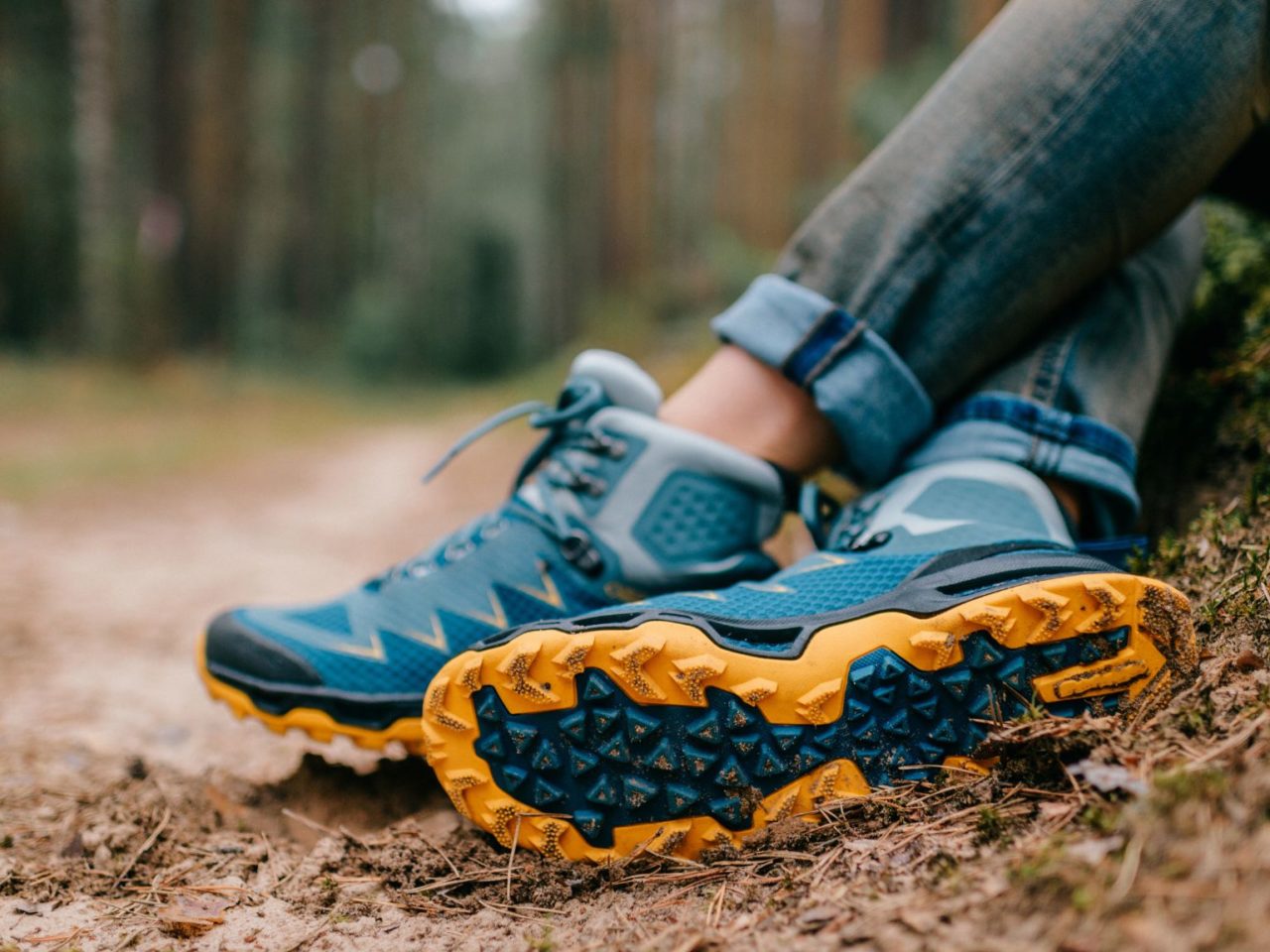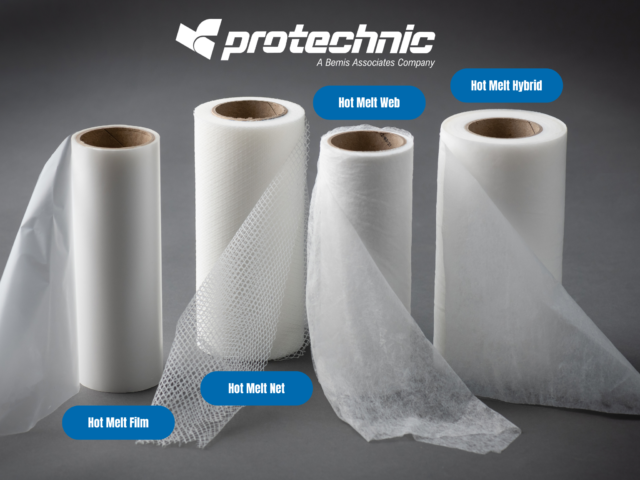
Assembling solutions in the shoe industry
There are different methods to assemble the parts of a shoe, such as stitching, sewing, and bonding. Due to its technical nature, bonding options are the most varied. Above all several bonding solutions such as PU contact cement, PVA glue or flame bonding, in general, traditional bonding solutions are referred to as liquid glue.
However, today, these traditional methods are less and less suitable for the needs of shoe manufacturers because they require time and manpower. Furthermore, bonding results can vary from worker to worker, which will cause irregularity.
Bonding in the shoe
Bonding in footwear is essential to bind each of its components together. We can find glue everywhere and in every type of footwear, from sports shoes to leather shoes to safety shoes to dress shoes or sneakers.
In addition, it should also be noted that in footwear manufacturing, many materials are used, such as leathers, foams, textiles, rubbers, synthetic materials, etc. It is crucial to choose the right adhesive solution when laminating footwear with certain specifications.
Solutions and products for bonding in footwear: dry lamination with thermoplastic hotmelt adhesive for footwear.
Thermoplastic adhesive or hot melt adhesive, in the form of adhesive roll (film, web, net and hybrid), is used to bond and laminate different materials together in roll to roll form.

Thermoadhesives are high performance, versatile, strong, durable, lightweight, flexible, breathable, wear resistant (including abrasion), waterproof, and washable. These adhesive are also cleaner solutions (low VOC emissions), cost effective and represent a low investment in time and money resulting in higher productivity and profitability.
Also, it is possible to choose adhesives from different polymers, such as Copolyamide (CoPa), Copolyester (CoPes), Polyolefin (PO), polyurethane (PU), etc. It allows a variety of choices to meet various demands and applications needs and also insure compatibility with many materials and substrates.
Finally, hot melts in roll form can be recyclable. More and more thermo-adhesive bonding solutions are made from bio-sourced and biodegradable materials. That’s one of the most sustainable solutions in adhesive industry.
Would like to know more about dry hot melt adhesives in roll form specifications ?
Visit this page dedicated to the topic.
In which parts of the shoe can thermoadhesives film, web, net and hybrid can be applied?
- In the upper part of the shoe
- In the vamp
- From the collar
- On the tongue
- Decorative parts
- Lining
- Of the inner and outer sole
Dry thermoadhesives in roll (Film, Web, Net and Hybrid) can bond diverse materials and substrates such as:
- Leathers
- Vegan leathers
- Recycled materials
- Synthetic materials
- Textiles (mesh fabric)
- 3D spacer
- Foams
- Nonwovens etc.
Today’s and future trends in shoe textile bonding
Dry lamination is becoming more and more popular for assembling footwear components. To maintain structure and improve footwear design without compromising performance, dry lamination solutions with thermoplastic adhesive are ideal.
Today, companies not only want to buy at a good price but also and above all want to use and sell cleaner products in terms of quality, sustainability, respect for the environment and ethics.
In a context like this, Protechnic can be an expert partner for supplying tailor made dry adhesives. In fact, Protechnic is able to meet the bonding requirements in footwear production thanks to the quality and bonding versatility of its thermoadhesive products.
With Protechnic’s tailor-made hot melt adhesive products, such as webs, films nets and hybrids, the shoes can keep their properties, such as:
- Lightness
- Durability
- Resistance to wear and wash
- Flexibility
- Waterproofing
Discover our wide range of references with multiple features, perfectly adapted to the technical specificities of bonding in the footwear sector:
https://www.protechnic.fr/fr/probond-thermo-adhesifs-hot-melt/applications/ –
You wish to contact one of our experts directly? Send your request to this address:

